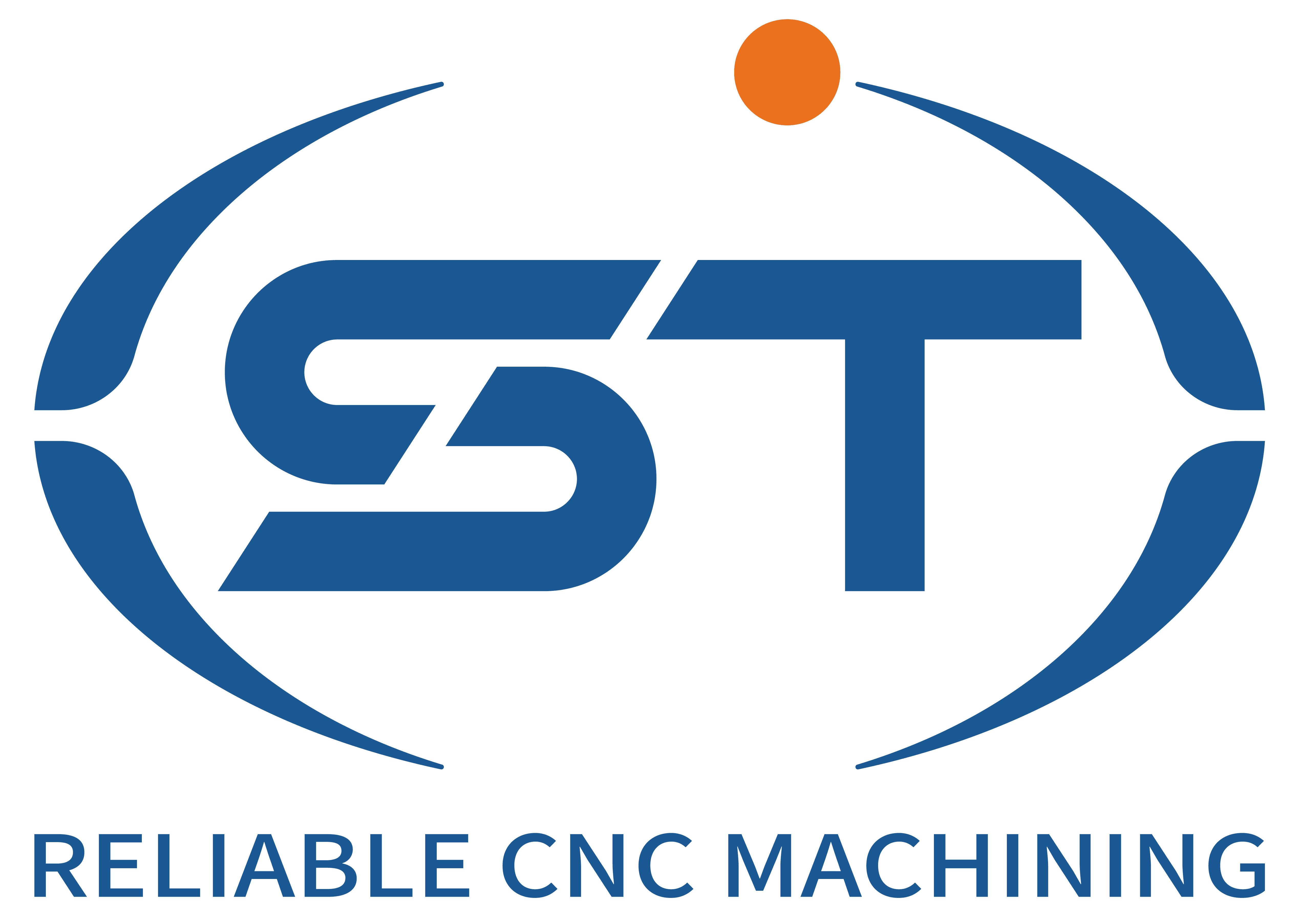Coordinate System Setup for Automotive CNC Parts Programming: Best Practices for Precision and Efficiency
Une configuration précise du système de coordonnées est fondamentale dans la programmation CNC pour les composants automobiles, où des tolérances serrées et des géométries complexes sont la norme. Une configuration appropriée garantit la cohérence entre les opérations d'usinage, minimise les erreurs et rationalise la production. Vous trouverez ci-dessous des stratégies essentielles pour définir et appliquer des systèmes de coordonnées dans la programmation CNC automobile.
Table of Contents
ToggleSelecting the Right Coordinate System Type for Automotive Geometry
Automotive parts often feature a mix of planar and 3D surfaces, requiring careful selection of coordinate systems. The machine coordinate system (MCS) serves as the absolute reference for all tool movements but is rarely used directly for part programming. Instead, programmers rely on work coordinate systems (WCS), which align with the part’s geometry. For flat components like engine blocks or transmission plates, a Cartesian WCS (X, Y, Z) aligned with the part’s primary faces simplifies programming. For curved or irregular parts, such as intake manifolds or cylinder heads, a rotated or offset WCS may be necessary to align with critical features like bolt holes or mating surfaces.
Defining Zero Points Based on Part Features
The origin (zero point) of the WCS must align with a stable, measurable part feature to ensure repeatability. Common reference points include datum corners, centerlines of cylindrical bores, or intersection points of critical surfaces. For example, when machining a crankshaft, setting the zero point at the center of a main journal bore provides a consistent reference for turning operations. For components with asymmetrical designs, such as differential housings, use multiple WCS offsets to program features relative to different datums without recalculating coordinates manually. This approach reduces setup time and enhances accuracy during multi-operation machining.
Utilizing Tool Offset Systems for Compensation
In automotive CNC programming, tool wear and dimensional variations are inevitable. To account for these factors, integrate tool length and radius offsets into the coordinate system strategy. Tool length offsets (G43/G44) adjust the Z-axis position based on the actual tool length, ensuring consistent depth control across different tools. For milling operations, radius offsets (G41/G42) compensate for the tool’s diameter, allowing programmers to define paths based on the part’s theoretical dimensions rather than the tool’s physical size. This separation of geometry and tooling data simplifies program maintenance—updating offset values corrects dimensional deviations without modifying the core G-code.
Managing Multiple Coordinate Systems for Complex Assemblies
Automotive components often require machining across multiple setups or fixtures, especially for large parts like chassis frames or suspension components. To maintain consistency, use programmable coordinate system shifts (G54-G59 in most controllers) to store offsets for each setup. For example, a transmission housing might be machined in three stages: roughing, drilling, and finishing, each requiring a different fixture. By assigning a unique WCS to each setup, the programmer can switch between them using simple G-code commands without recalibrating the machine. Additionally, local coordinate systems can be defined within subprograms to machine repeated features (like bolt-hole patterns) relative to a temporary origin, reducing redundancy in the code.
Verifying Coordinate Accuracy Through Simulation and Probing
Even with meticulous planning, coordinate system errors can lead to costly mistakes, such as misaligned holes or incorrect depths. Before running the program, simulate the tool paths using integrated CAM software or offline verification tools to check for collisions or incorrect movements. For high-precision applications, incorporate on-machine probing to measure part features and automatically update coordinate offsets. For instance, a probe can verify the position of a datum surface and adjust the WCS origin dynamically, compensating for fixture misalignment or part variation. This closed-loop approach ensures that the first part produced matches the design intent, eliminating trial-and-error adjustments.
By prioritizing these coordinate system strategies, automotive CNC programmers can achieve higher accuracy, reduce setup times, and improve overall efficiency in part production.




